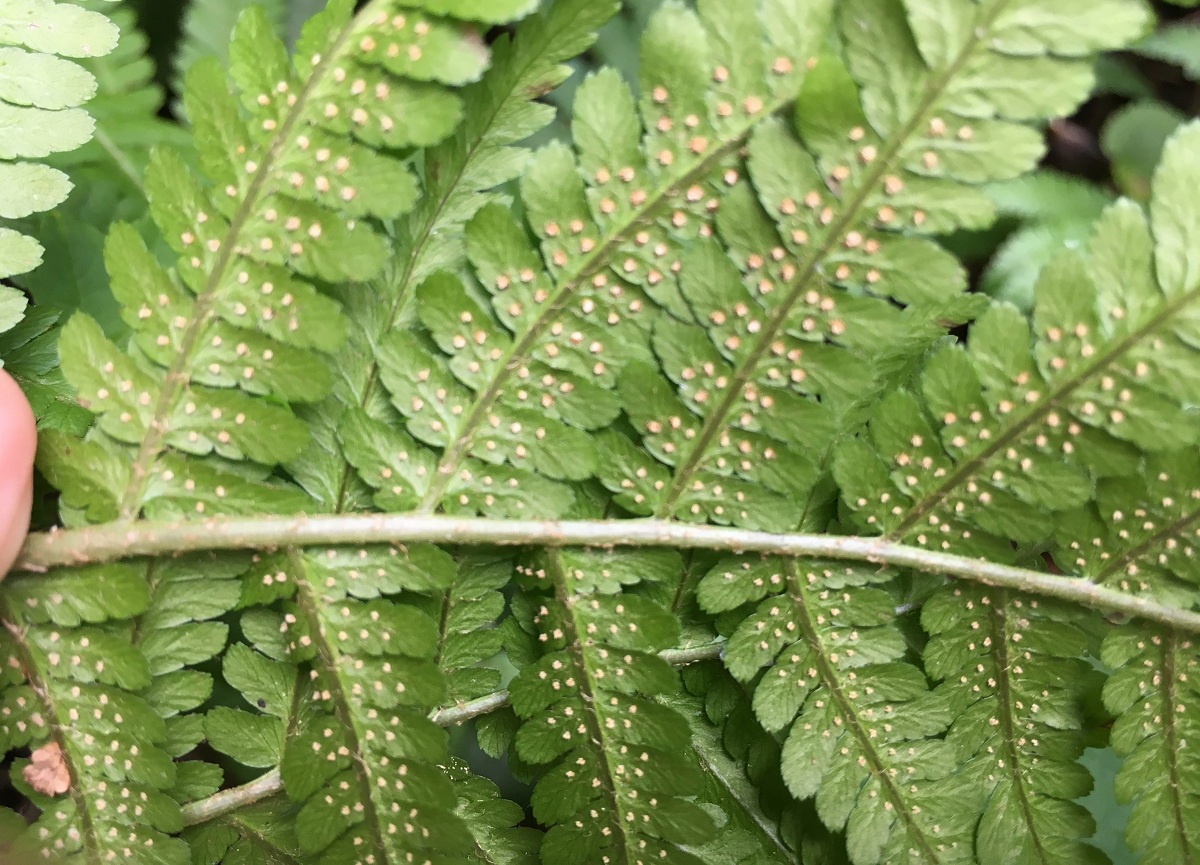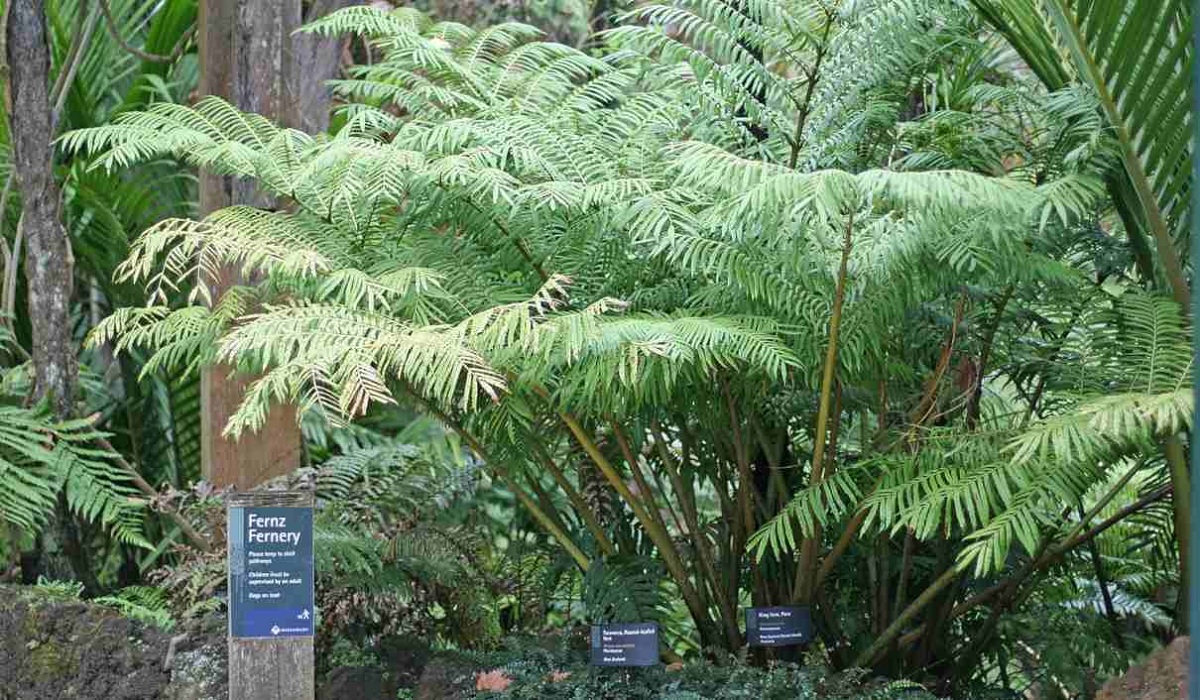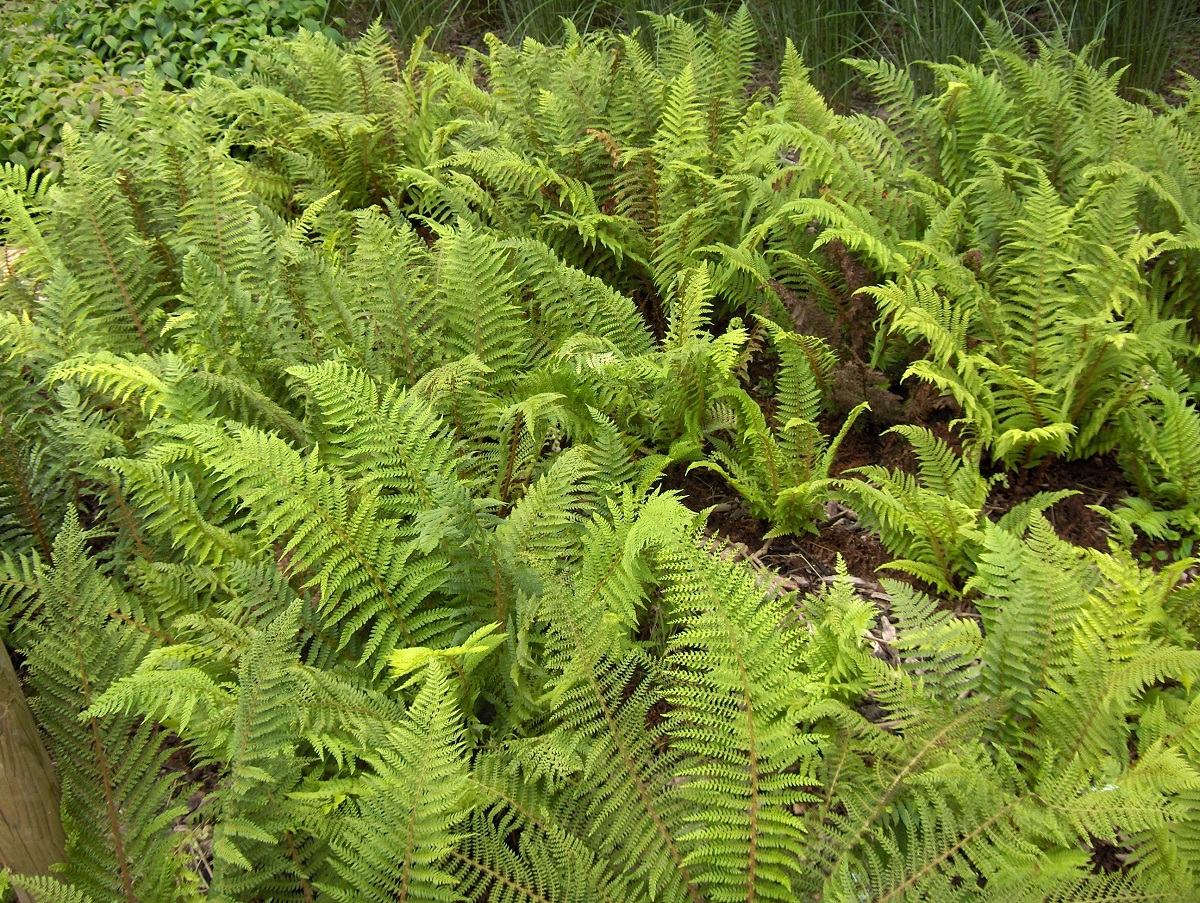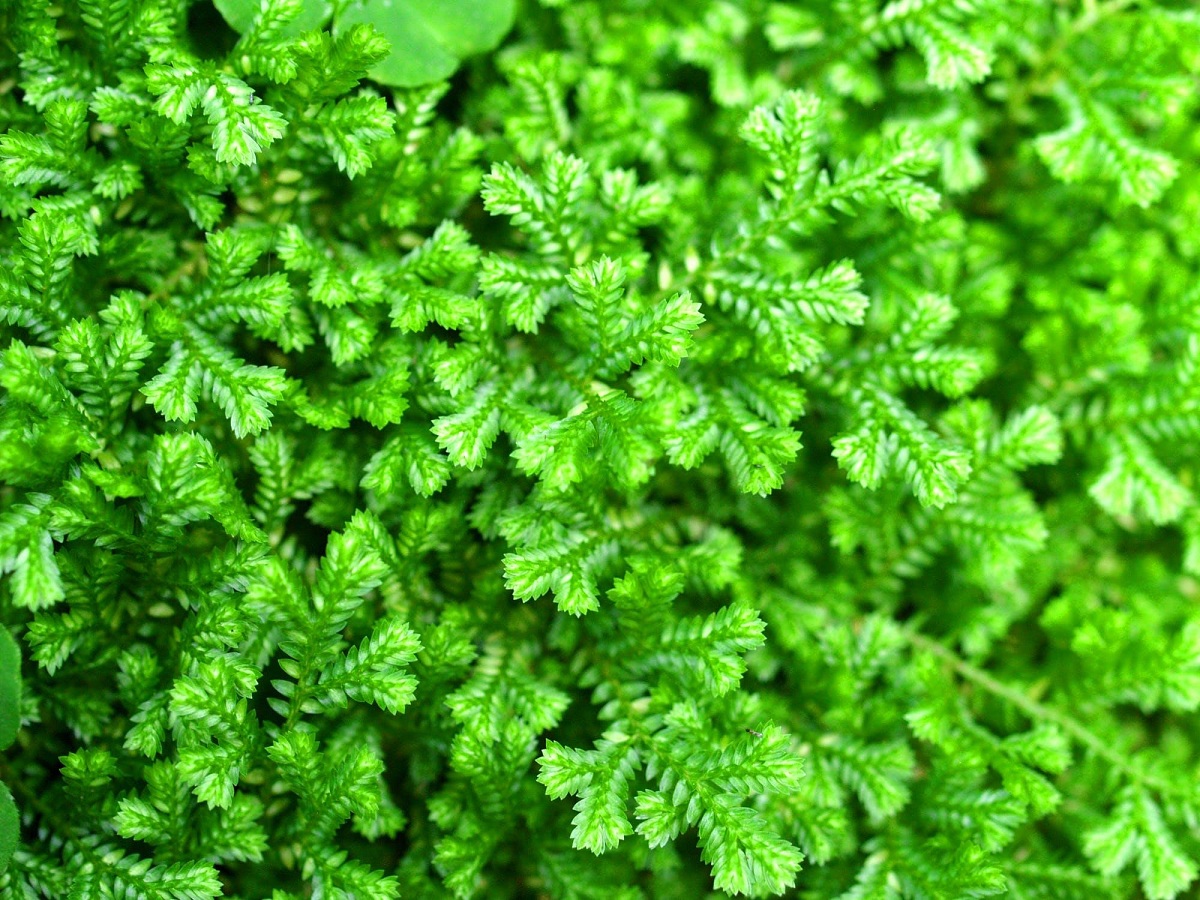
Within the plants that we know there are several types. Terrestrial plants that do not produce seeds, but do so by means of spores are known as pteridophytes. These are more primitive vascular plants that have developed since ancient times and that today we know as ferns, although the group also has other plants such as the Lycopodiopsida and Selaginella class. There are 13.000 species of pteridophytes around the world with the exception of Antarctica there are some islands.
In this article we are going to tell you about all the characteristics, habitats and types of pteridophytic plants.
Key features

Pteridophytes are primitive plants that developed early on our planet and do not reproduce through seeds, but rather through spores. These plants mainly thrive in tropical, humid and temperate environments, although they are able to support life well in arid regions. The word pteridophytes is not used as a taxonomic term that serves to differentiate and classify these plants. It is commonly used to designate ferns and their relatives.
Some of these species are considered aquatic or semi-aquatic, although none of them grow in seawater. As they need a large amount of humidity, they can be perfectly developed near water courses such as waterfalls, rivers, lakes and some streams or streams.
The structure of the plant has roots, stems and leaves and can reach considerable sizes. The roots may be more or less developed than those of gymnosperms and angiosperms, but it will depend on the size and other characteristics of the species. They do not have a woody stem but can extend underground to serve as a rhizome. Thanks to this stem, quite large leaves can emerge. These leaves have a large size and surface area to be able to photosynthesize and capture as much moisture as possible. When young, these leaves are rolled up on themselves. They have a simple vein from which the rest of the veins start.
The leaves have a name and it is fronds or fronds, which is why the plants are also called a leafy. Behind they have some spots called sori where haploid spores come together. When the spores fall and germinate, a heart-shaped structure is formed that is attached to the soil by a kind of absorbent hairs. Although these plants do not have seeds, flowers and fruits, they are capable of developing a fluid transport system.
Types of pteridophytes

There are numerous types of pteridophytes and they are not just ferns. Let's analyze which plants belong to this group:
- Plants of the genus Selaginella: Selaginella has simple leaves and highly branched stems. They are capable of producing two types of spores among which are megaspores and microspores.
- Plants of the genus Isoetes: They are those aquatic or semi-aquatic plants that can grow in moist soil. They do not fully need water to be able to develop. Its leaves look quite curious and are hollow and narrow.
- Plants of the class Lycopodiopsida: This plant can be seen to be primitive in appearance and with scale-shaped leaves and highly branched stems.
- Genus Equisetum: These plants are known by the common name of horsetail. The leaves of these plants are very small in size and the stems are hollow.
- Ferns: There are more than 12.000 species of ferns on the planet that have photosynthetic leaves and root-like structures known as rhizoids. Some ferns can grow on top of other plants and consume the water that runs off the stems or trunks or directly from the humid air. This makes the leaves large so that they can capture the air around them. The larger the leaf surface, the greater the amount of water it can absorb. They need humid and shady environments and are capable of reaching up to 5 meters in length. There are small ferns and others that are tree-shaped, which are called tree ferns.
Importance of pteridophytes in the plant kingdom

Pteridophyte plants are of great economic importance and are used for various purposes. They are not used in the diet of animals and humans. There are some ferns that are consumed in some regions of the world by humans. The most widespread use is that of ornamentation since they serve to decorate the interior of buildings and homes.
The so-called horsetail is required to make medicinal remedies that help with some ailments and diseases. Some small pteridophytes are served as food.
Due to human activities, these plants are also threatened in danger of extinction. The vast majority of land plants are affected by humans. Pteridophytes in particular are affected by forest fires. As we have mentioned before, they are plants that need an environment with high moisture content, so they need it to live. It usually understands to suffer the negative impacts of those forests that lose tree cover and the wind and sun begin to dry them out.
All the factors that reduce the relative humidity of the ground can affect the pteridophytes to a greater or lesser extent. The same occurs with drought and the extraction of water courses by humans for activities such as irrigation in agriculture. Without these waterways to maintain high humidity, pteridophytes see their populations depleted.
Among the impacts that most affect these plants we find urbanization, invasion of exotic species that have a higher success rate, overexploitation of natural resources and other human activities. All these threats have led to some species of ferns such as the Adiantum fengianum, Adiantum sinicum, and Stenochlaena hainanensis are today in danger of extinction.
I hope that with this information you can learn more about pteridophyte plants.